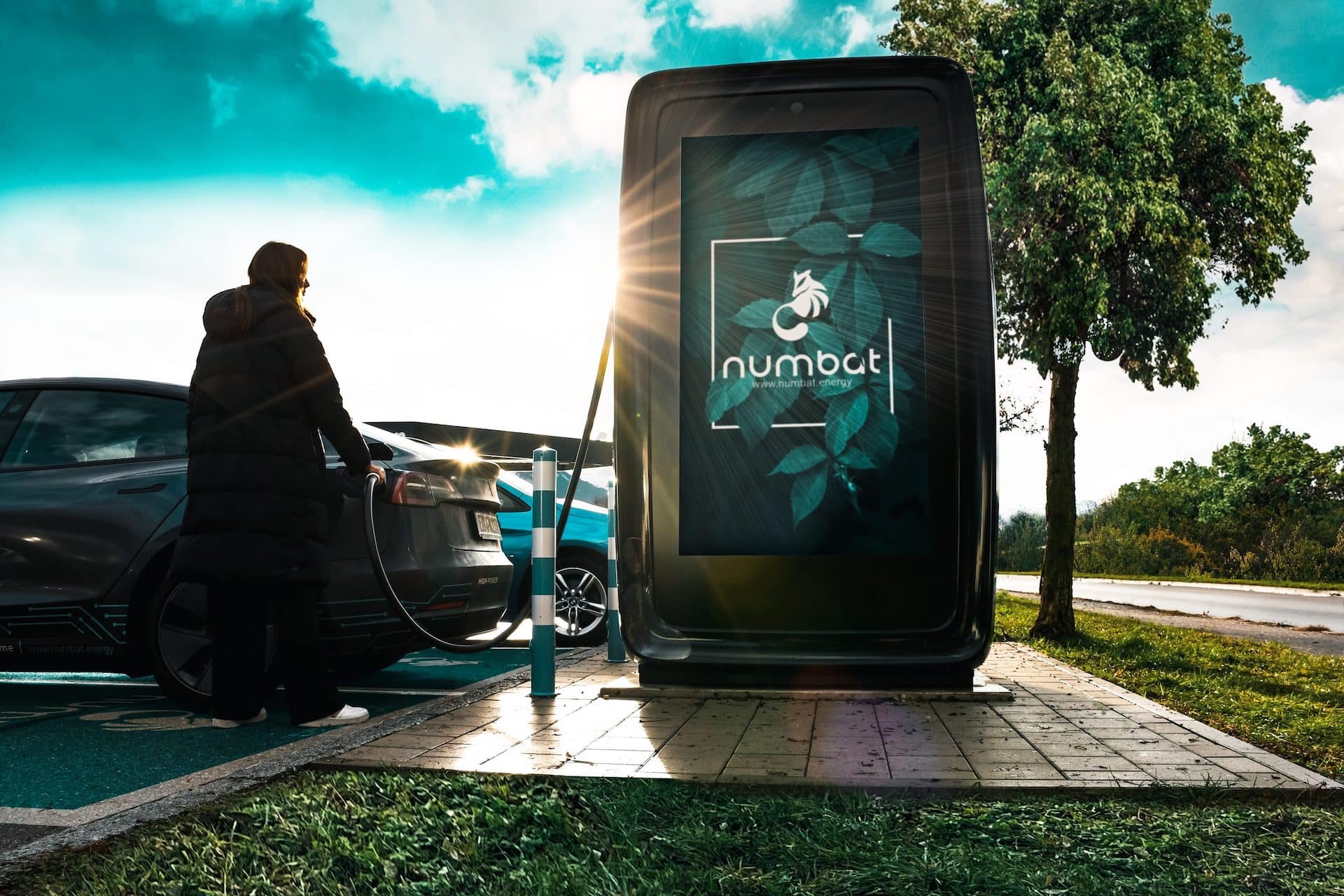The Future of Advertising: Trends That Will Shape 2030
The future of advertising is no longer a distant abstraction—it is a rapidly materializing reality. As we approach 2030, seismic shifts in technology, consumer behavior, and ethical expectations are redefining the contours of brand communication. From hyper-personalized content to immersive virtual ecosystems, advertising is evolving into a multidimensional experience that transcends traditional formats and channels.
Hyper-Personalization and Predictive Engagement
By 2030, personalization will reach unprecedented levels of granularity. Advanced artificial intelligence will not only analyze consumer behavior but anticipate emotional states, contextual needs, and even subconscious preferences. Marketing messages will be dynamically generated in real time, tailored to individual psychographic profiles and delivered across preferred platforms.
This predictive engagement will blur the line between suggestion and intuition. Brands will no longer speak to audiences—they will converse with them, adapting tone, format, and timing based on biometric feedback and environmental cues. The result is a seamless integration of advertising into daily life, where relevance becomes indistinguishable from necessity.
Immersive Realities and Spatial Storytelling
Augmented reality (AR) and virtual reality (VR) will redefine how consumers interact with brands. Advertising will become spatial, experiential, and participatory. Imagine walking through a virtual showroom, customizing products with hand gestures, or attending a holographic concert sponsored by a global brand—all from the comfort of home.
These immersive environments will foster deeper emotional connections. Brands will craft narratives that unfold across dimensions, inviting users to co-create and explore. The physical and digital realms will converge, transforming passive viewership into active exploration.
Ethical Advertising and Conscious Consumerism
As consumers become more discerning, ethical transparency will be paramount. Advertising in 2030 will be scrutinized not only for its message but for its moral compass. Brands will be expected to disclose sourcing practices, environmental impact, and social commitments within their campaigns.
Greenwashing and performative activism will be swiftly penalized by public sentiment. Authenticity will reign supreme, and advertisers must align their storytelling with verifiable action. Purpose-driven marketing will evolve from trend to standard, shaping brand equity through integrity and accountability.
Voice Interfaces and Conversational Commerce
Voice technology will dominate the interface landscape. Smart assistants, embedded in homes, vehicles, and wearables, will become primary conduits for brand interaction. Advertising will shift from visual persuasion to auditory engagement, requiring a reimagining of tone, cadence, and linguistic nuance.
Conversational commerce will flourish. Consumers will initiate purchases, seek recommendations, and resolve queries through natural language exchanges. Brands must develop voice personas—distinctive, trustworthy, and culturally attuned—to thrive in this sonic marketplace.
Quantum Analytics and Data Sovereignty
Quantum computing will revolutionize data processing, enabling marketers to analyze vast datasets with unprecedented speed and precision. Campaigns will be optimized in real time, responding to microtrends and behavioral fluctuations with surgical accuracy.
However, this power will be tempered by rising concerns over data sovereignty. Consumers will demand control over their digital footprints, prompting the rise of decentralized identity systems and zero-knowledge proofs. Advertisers must navigate this landscape with ethical finesse, balancing personalization with privacy.
Creative Automation and Generative Design
Generative AI will transform the creative process. Algorithms will produce visuals, copy, and even music tailored to specific audience segments. Creative teams will shift from production to orchestration, curating outputs and refining narratives.
This democratization of creativity will empower small brands and independent creators, leveling the playing field. However, it will also challenge traditional notions of originality and authorship, prompting philosophical debates about the nature of artistic expression in a machine-mediated world.
Neuromarketing and Cognitive Resonance
Advancements in neuroscience will inform advertising strategies that resonate at a cognitive level. Campaigns will be designed to trigger specific neural responses—dopaminergic surges, oxytocin release, or attentional shifts—based on empirical brain mapping.
This precision targeting will elevate emotional engagement but also raise ethical questions. Regulators may impose boundaries on neuro-influencing techniques, ensuring that persuasion does not become manipulation. The interplay between science and sentiment will define the next frontier of brand psychology.
Decentralized Media and Creator Economies
Traditional media conglomerates will cede ground to decentralized platforms and creator-driven ecosystems. Influencers, streamers, and micro-creators will wield significant sway, curating niche communities and authentic narratives. Advertising will become collaborative, with brands co-producing content alongside digital tastemakers.
Tokenized economies and blockchain-based contracts will facilitate transparent compensation and rights management. This shift will empower creators and diversify the advertising landscape, fostering innovation and inclusivity.
Sustainability Metrics and Impact Visualization
Environmental accountability will be embedded into advertising frameworks. Campaigns will include real-time sustainability metrics—carbon offset data, lifecycle analysis, and ethical sourcing indicators—displayed alongside product information.
Interactive dashboards and visualizations will allow consumers to assess impact before purchase. This transparency will influence buying decisions and brand loyalty, positioning sustainability not as a feature but as a foundational value.
Advertising as Adaptive Dialogue
By 2030, advertising will transcend its historical role as a persuasive monologue. It will become an adaptive dialogue—fluid, responsive, and ethically attuned. Brands will no longer broadcast; they will listen, learn, and evolve in tandem with their audiences.
This metamorphosis demands not only technological prowess but philosophical clarity. As the boundaries between commerce, culture, and consciousness dissolve, advertising must embrace its role as a steward of meaning, connection, and collective imagination.




